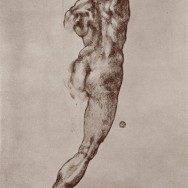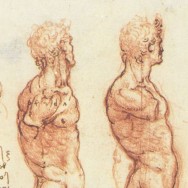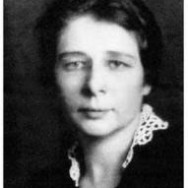Posts by simon
How is Rolfing different from massage?
Massage therapy is a terrific way to unwind, or, more exactly, to activate the parasympathetic nervous system. In addition, it can benefit circulation, reduce edema, work out areas of tight musculature, and leave people with a rejuvenated feeling of well-being. A massage session involves a brief dialogue and then hands-on treatment using an oil or cream, so the practitioner’s hands glide smoothly over the client’s skin. Unless the client wants to talk, little else is said, except when, roughly half-way through the treatment, the client is asked to turn from front to back. In an hour, a seasoned practitioner can give a thorough full-body treatment. Rolfing Structural Integration is a highly effective modality for resolving pain rooted in an imbalance in the body’s soft tissue. The immediate aim of Rolfing is structural change, not client relaxation. Rolfing corrects undesirable fascial relationships in the body, addresses faulty muscle firing patterns, and heightens sensory awareness. In so doing, it can also have a positive effect on circulation and edema. When fascial restrictions release, there is often a burning sensation, like an “Indian rope burn”. This can be uncomfortable, but is usually over in a matter of seconds. More people than not find Rolfing sessions relaxing overall. A Rolfing session begins with a dialogue around the client’s goals for treatment. Next, the client undresses to underwear or running shorts, and the Rolfer makes a brief structural assessment. On-table work follows, in which the client may be asked to make specific movements to broaden the effect of the Rolfer’s contact with a given region of fascia. While each session is unique, the nature of Rolfing is far more interactive than massage. No lubricant is used since the objective is to “hook” and lengthen fascial tissue, therefore friction is paramount. Unlike massage therapy, which strives to enhance the circulation of blood and lymphatic fluid and to ease tension in constricted muscle, Rolfing addresses the connective tissue, or fascia of the...
Read MoreHow does Rolfing feel?
The prevailing strategy in Rolfing is to work across planes of fascia lengthening them with a broad contact, such as a palm or forearm. Pressure directly downward would be perpendicular to the goal, would pin the tissue and leave it without a direction of release. So Rolfing often feels broad rather than pointy, precise rather than whimsical. It delivers the satisfaction of scratching an itch buried deep in the body that other forms of bodywork have only danced around. The Rolfing process is a wordless dialogue between the practitioner’s contact and the client’s tissues, each teaching the other what is needed for the next degree of functional order to happen. Rolfing is the sensation of being present to this dialogue. There is a prevalent reputation for the process being painful. In its inception it probably deserved it. Happily, the system has been continuously refined for over 50 years to achieve superior results through minimal client discomfort. What remains at points is a burning sensation that is the hallmark of fascia releasing and reorganizing, a sensation akin to a deep stretch. And, like a stretch, it can be intense. It is the interpretation of this intensity that is the pivotal element. What remains at points is a burning sensation that is the hallmark of fascia releasing and reorganizing, a sensation akin to a deep stretch. And, like a stretch, it can be intense. It is the interpretation of this intensity that is the pivotal element. If you embrace the sensation, do not interpret it as an injurious signal, but rather as a brief, beneficial harbinger of fascial release, it is unpleasant, but not painful. It is when this sensation triggers a fear response that tips the scales for unpleasant to painful. The bottom line is that you,the client have the final say-so about pressure and duration. If the work is too intense for your nervous system, the body recoils and nothing will be gained. To soften and unstitch patterns of strain that in some cases have made inroads down to the core, the Rolfer’s hands must earn a client’s...
Read MoreWho was Dr. Ida Rolf?
Dr. Ida Rolf earned her Ph.D. in biochemistry in 1920. This unusual achievement for a woman of that era points to the tenacity with which she went about her purposeful life. With a scientific aptitude she delved into a range of practices and ideas including yoga and osteopathy, which, at the time, were in the shadows, quite discounted by the vast majority of her colleagues. Confronted with health problems within her immediate family and social contacts which mainstream medicine could not resolve, Dr. Rolf pioneered a successful treatment approach which eventually coalesced into the Rolfing ten series. Dr. Rolf began teaching her ideas, and eventually opened her own school. She never thought of her work as completed or static. Since her death in 1979, her students have continued to explore, research and refine the work of Structural...
Read More




